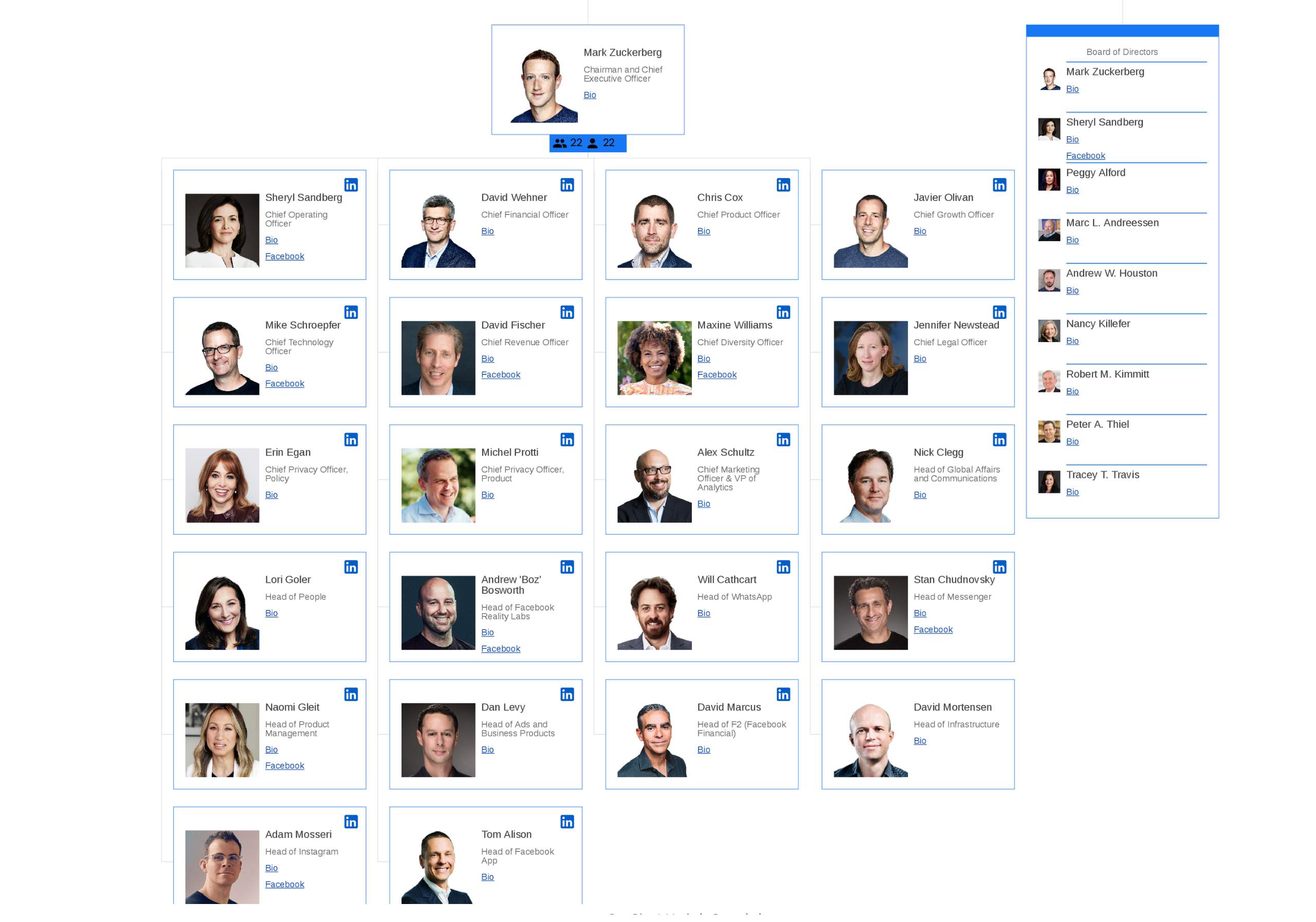Table Of Content
The workforce has evolved, and so too should organizational design, in ways that support individuals and teams to make work, work better. Why organization design is implemented is to improve how the organization works. That can mean everything from pinpointing inefficiencies to making better, faster decisions.
Matrix Structure
Understanding the history of organizational design gives insights into its significance and progression. As businesses grew and evolved, so did the frameworks guiding their structures. Amy Kates from Kates Kesler outlines a strategy for organizational design in a toolkit for HR. Completing this process will help define your company's structure and governance. The challenge with organizational design in a divisional model is that each division often has different teams, challenges, and priorities.
Choosing an organizational design model
It also has a significant impact on decision-making, which can have adverse effects on the company's goals and strategy. When building a company from the ground up, more goes into the interpersonal way an organization communicates than you think. What we are talking about of course is organizational design, or in other words, how a company structures its people and employees and the way they communicate with one another.
Build an org chart
Design Your Marketing Organization to Fit Your Company's Growth Stage - MIT Sloan Management Review
Design Your Marketing Organization to Fit Your Company's Growth Stage.
Posted: Mon, 18 Sep 2023 07:00:00 GMT [source]
This company will benefit from (1) higher specialization to reduce inefficiencies, (2) lower coordination, (3 & 4) responsibility and control lies higher in the organization, and (5) the organizational structure will be more rigid. The disadvantage of carrying out organisation design based on such ‘trigger’ events is that it is often ineffective longer term. Over time, the horizontal structure has developed into sub-types of organizational design, including team-based, modular, and virtual forms. As new generations enter, ascend and assume leadership positions within organizations, their expectations of a deeper connection to work and those they work with require a new look at motivation, retention, reward and responsibility.
Resources for Everyone
This model works best for face-paced startups because employees have more autonomy while information, communication, and feedback follow freely. A hierarchical or vertical is a traditional top-down org structure with the CEO at the top, followed by C-suite execs, management, etc. The hierarchy defines clear channels for communication and promotion. Rewards are the incentives that motivate employees, including salaries, promotions, bonuses, profit sharing, stock options, etc.
In the enterprise meaning of the word, companies enter a collaborative hierarchy to produce products or services. Culture is how the organization really operates and how well it translates strategy into practice. Most companies experienced in a few months what once would usually have happened in a decade.

Over time, developments and practices may reach a point where they are no longer fit with each other or with the strategy that they are trying to implement. The challenge many organisations face is the increasing pace of change and transformation which is demanding frequent re-design activities. Organisations are now trying to re-design themselves to allow them to respond to emerging changes without having to implement large re-design programmes – see the concept of reconfigurable organisations. Wherever it sits, it’s good practice to use multi-disciplinary teams and employee involvement techniques to ensure a wide range of individuals and functions are involved. We provide stakeholders from the civil society, industry, governmental and non-governmental organizations with support from the design community. Export your org structure at high fidelity, embedding it to your Confluence pages.

Organization Design
As we discuss in our Organizational Development Certificate Program, organizational design is about creating the best fit between the strategic choices of the organization and the organizational setting. Whether undertaking a formal organisational design activity or not, HR practitioners at all levels can undertake organisation design to some degree. Designing and implementing HR practices will benefit from an organisation design mindset. Our podcast A new dawn for OD explores how we see organisation design evolving.
Begin by reviewing each key role and specifying the talent it needs; then choose the most promising candidate, regardless of current seniority, salary level, or contract type (external resourcing is one of the options). In grappling with organization design, company executives tend to draw on two venerable approaches, which can be characterized as the “hard” approach and the “soft” approach. Just like building a house requires a detailed plan that covers every nook and cranny, organization design is shaped by several vital components. Each one plays a pivotal role in ensuring the entire system functions seamlessly. Collaboration tools, real-time communication platforms, and data analytics have facilitated more fluid and networked organizations. Once you know how your company must interact to achieve its goals, you can define reporting relationships and layers by creating an org chart.
The Nadler-Tushman model presents a six-step plan for closing the gaps in how the elements of an organization work together. It examines communications and information flow to understand the congruence of four components. Results are the measures of how well the organization functions. Well-designed metrics are the basis for understanding performance. Strategy is about how the organization will compete by adding value for customers.
Supervisors have a real-time dashboard display of performance metrics. Curated by our Design Educators Community (DEC), explore the collection of resources tailored for design educators. AIGA Baltimore and the Society of Design Arts (SoDA) are hosting a series of events created to promote the rich and plural histories of Latin American production in design.
The business landscape today appreciates flexibility, cross-functionality, and a more democratic approach to decision-making. This change reflects the realization that diversified input can lead to more holistic outcomes. Once you understand where you're going and how to get there, you need to assess your company's current capabilities and the gap in achieving its goals and objectives. Blogging platform Medium used the holacracy structure for three years before abandoning the model in 2016.
One strategy in this regard is to create and foster roles that offer great learning experiences or enhanced career paths. Silos, bureaucracy, and lack of decision-making efficiency are among the biggest challenges organizational designers must overcome with hierarchical organizational structures. An internally focused organization will have more collaboration, while an externally focused organization will have more customer-facing project groups and business units. When an organization is structured and designed in a way that fits its purpose, it will result in organizational effectiveness.

No comments:
Post a Comment